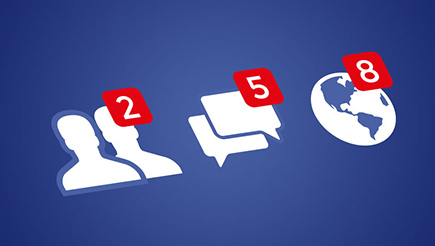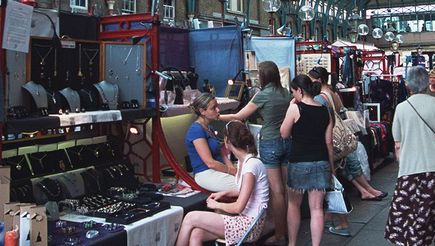Traditional marketing techniques are often pushed aside in favour of the latest digital methods. However, the same basic principles apply.
Entrepreneurs familiar with the conventional marketing can easily learn how to apply their hard-earned expertise to fresh ideas. To do that, you’ll need to be properly informed. So, we’re starting the process with a few comparisons.
Signage = search engines
People always need a little help to find your business, whether it’s a snazzy sandwich board or bold signs and shop displays. Online it’s no different. If you’re moving over to e-commerce, or building your online presence, it will pay to spend time planning how to get your business on Google and building your brand identity through your business profile.
Press releases = blogging
It used to be tough to get your story out there. Whether it’s an exciting new product or successful charity event, you had to fire out press releases and hope the local paper cottoned on. Today, you can write it up for your own blog. With the right angle and some carefully chosen keywords, you’ll create content that you can send to those press contacts, and also promote through your social media accounts and newsletters to keep loyal customers updated.
Flyering = social media ads
Sending out flyers was all about getting the message to people in the area. The principle is the same with social media advertising. On Facebook, Twitter or even on Google, you can identify who you want to see your advert and the platform does the rest. You can even promote those press releases or business blogs. To get it right in the long term, it pays to have a plan. Check out our comprehensive Social Media Advertising Guide for more details.
Billboards = banner ads
Visual advertising has never completely disappeared. Billboards may not carry the cachet they once did, but a picture is still worth a thousand words. The basic principles of your advert remain the same. You’re connecting your brand with ideas and sentiments that will show your customers what you’re all about. The only difference is where that image sits. As with social media, you have the advantage of data. Before buying a spot, you can check the number of visitors to the site, who they are and what it costs per click or conversion.
Trade shows = LinkedIn
In the internet age, networking has only grown in importance. But the industry events and award ceremonies that make up traditional networking come at a cost. In contrast, you start actively seeking out and connecting with peers and potential customers on LinkedIn for nothing. And it isn’t so different from a trade show: you can search for companies on the site, have a look at their profile and then contact them to talk shop.
Word of mouth = reviews
Customers always trust a personal recommendation most when it comes to finding a new business. Just as people relied on word of mouth from friends and neighbours, now they read testimonials and reviews to feel confident in a product or service. If your business doesn’t have a profile on sites like Yelp or TrustPilot, you are missing out on those votes of confidence.






